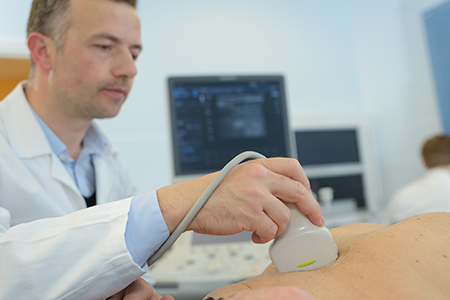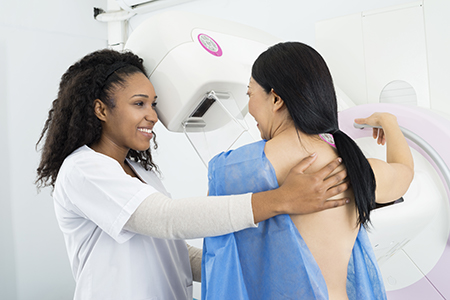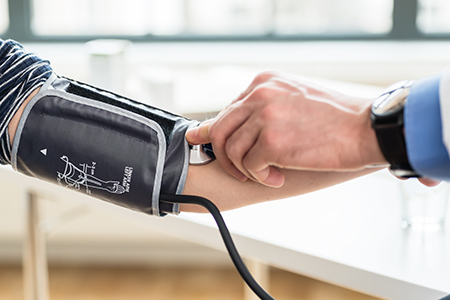For most people, an annual physical exam was a regular part of their childhood.
Parents took their children to see a doctor each year to make sure that they were growing up healthy. However, as you get older and move away from home, sometimes it is hard to get in to see a doctor for something other than an emergency or non physical appointment.
If you have not been to the doctor for a while, this article will give you an annual physical checklist, helping you know what to expect when you go the doctor for this routine exam.
Preparation

Physicals are an opportunity for you and your doctor to measure your health inside and out. The doctor’s office may request that you do some physical exam preparation beforehand, such as going to a lab and getting yearly blood work that includes a measurement of blood sugar and a lipid panel. There may be other tests in preparation for the physical such as urinalysis. The doctor will review the results of these tests at your physical.
You should also contact the doctor’s office if you have questions about the process. Some offices are experimenting with a group physical exam, where parts of the exam such as sharing general medical and nutrition advice are done in a group setting while other parts of the exam are done privately. If you are uncomfortable with such a format, let the office know. Every good doctor wants patients to feel comfortable at the appointment.
Another piece of physical exam preparation is learning your family and personal medical history. This means that you should take some time to find out what sort of medical issues run in your family. Some diseases have a genetic component that is passed from one generation to the next, raising your personal risk.
The Physical Exam Nurse
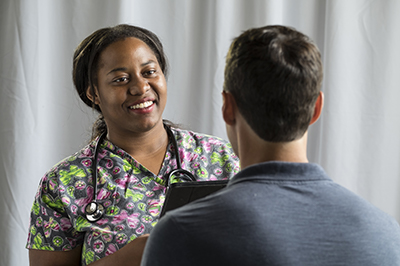
In most physicals, the doctor is not the first person you see at the appointment. A physical exam nurse will collect some information, such as your height and weight. He or she will also start the appointment by taking your vital signs. This involves checking your heart rate, blood pressure and temperature. The nurse will also ask you if you have a medical matter about which you would like to talk with the doctor.
The Visual Exam
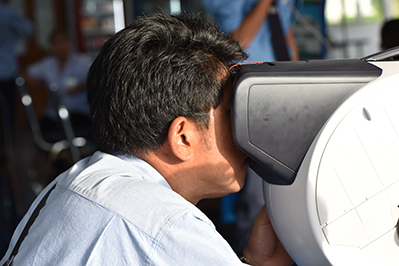
After the nurse leaves, you will normally be asked to disrobe and put on a gown for modesty. The doctor will then give a visual exam. There are a number of medical conditions that a doctor can diagnose just by looking carefully at your body. The doctor may notice skin conditions on parts of your body that you cannot see. He or she will check if you have any tremors or changes in posture. The doctor will also examine the inside of your mouth, nose and ears with a light, checking for early signs of any issues.
The Physical Exam
The next step will involve the doctor examining parts of your body by touch. Here, a guys physical will be different from a woman’s physical.
- Heart Exam. The doctor will use a stethoscope to listen to your heart from several angles. Certain hearts issues have distinctive sounds such as the murmur of a leaky valve. You may be asked to hold your breath during this process.
- Lung Exam. The doctor will use the stethoscope to listen to your breathing. By listening carefully, the doctor can hear if there is any crackling that might point to inflammation. He or she will also note how deeply you can breath and how much effort it takes for you to breath.
- Abdominal Exam. You will be asked to lie down and the doctor will use his or her hands to feel your abdomen, noting if anything feels rigid, out of place or swollen. If you have any pain during this process, be sure to let the physician know as this could point to a more serious medical matter.
- Male Pelvic Exam. The physical male examination involves feeling the testicles for cancerous lumps. It will also involve a hernia test, where the doctor asks the patient to cough while feeling for weak spots in the lower abdominal wall. For men over 50, the annual guys physical may also involve a prostate exam, where the doctor inserts a finger in the rectum to feel for any irregularities.
- Female Pelvic Exam. Women will have a different pelvic exam than the physical male examination. The female exam involves an external examination of the vulva and vagina as well as an internal examination of the cervix, uterus and ovaries. A Pap smear may be done as a way to screen the patient for cervical cancer. In addition to the pelvic exam, women will also receive a breast exam as part of their physical, checking for lumps or irregularities.
Discussion of Lab Results
After the physical exam, the doctor will invite you get dressed while he or she leaves the room.
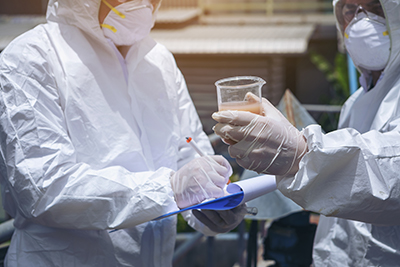
In a few minutes, your physician will return in order to discuss the results of your various lab tests including your yearly blood work. The doctor will explain the meaning of the tests, such as the risks of high blood pressure or high levels of LDL cholesterol. Some of these screenings are general and, if there is an issue, the doctor may ask you to return to the lab and take further tests. You may also be prescribed preventative medication, such as medicines to lower blood sugar or cholesterol levels.
In certain offices, this part of the appointment may be done as a group physical exam. People of similar ages often have similar medical risks. Much of the medical advice a doctor gives you, such as the importance of diet and exercise, is advice that works with most any person. Although this practice is not too common, offices are experimenting with it for the sake of efficiency.
Checking out
The final step of your annual physical exam will involve the return of the exam nurse.

The nurse will have received an annual physical checklist from the doctor, noting any issues that require further action. If you are due for any vaccines, you will receive them at this time. If any medications were prescribed, the nurse will give you information about them, reminding you of possible side effects. Finally, if another, non physical appointment needs to be scheduled, the nurse will help get things in order.
The annual physical exam is an important part of staying healthy. It is an opportunity to let a professional physician look at your body, telling you if changes need further examination or are just a natural part of aging. Having an annual exam helps you take control of your health.


